Waldorf Steiner Method and Spielgaben
Waldorf Steiner Method and Spielgaben: There are several educational philosophies that are steeped in deep understanding of child development and one of the most popular is the Waldorf Steiner approach. The Waldorf Steiner approach to education is based on the work of Rudolf Steiner and his theories of child development.
The first Waldorf School was opened in Germany in 1919, as a response to a request from the owner of the Waldorf-Astoria Cigarette Company to create a school for the employees’ children. The principles of the Waldorf School are based on the work of Piaget, who believed that childhood was divided into three stages, and that the youngest children need to learn through imaginative and creative play.
Principles of Waldorf Steiner
The Waldorf approach for early childhood education is based on sensory experiences and investigations. The approach allows for extended periods of guided free-play, with an emphasis on a home-like atmosphere filled with natural materials.
- Children need to learn through all senses
- Children need to be surrounded by beauty
- Imagination is the heart of learning
- Language rich curriculum, with an emphasis on storytelling
- Electronics are discouraged
- Children can develop a long attention span from working for extended periods of time
- Multidisciplinary approach to curriculum
The Waldorf Steiner approach to education focuses on each child’s developmental needs and recognizes the importance of tactile experiences.
Key features of Waldorf schooling Methods
1) All lessons are designed to appeal to the ‘head, heart and hands’. This is based on the belief that it is important to reach children through all their senses. Waldorf schooling aims to educate the *whole* child. Rudolf Steiner believed that people actually have twelve senses — the accepted five plus thought, language, warmth, balance, movement, life, and the individuality of the other. Waldorf educators try to engage and connect the thinking and feeling realms by including the use of lots of make-believe and natural materials for play such as pinecones, seashells, stones, wood, having soft pastels and lighting in the classrooms, etc.
2) Waldorf educators believe that imagination is the heart of learning and this permeates Waldorf teaching and learning. Key elements of the Waldorf teaching method include storytelling, fantasy-make-believe, art, drama, craft, and discussion. The old-fashioned face-less country-doll is a standard toy in Waldorf kindergartens since the teachers believe an incomplete toy allows children to use their imagination.
3) Life skills and practical experience such as woodcarving, sculpting, sewing and gardening are considered as essential to a complete education. Undertaking a project like mastering a musical instrument, sewing or knitting an item can give the student a sense of achievement and helps them develop confidence to master other more complex skills later in life. All students will be encouraged to create and to learn new skills, and may show special talents in one skill or another. Since technology requires little effort and imagination, Waldorf teachers will veer younger students away from watching television and discourage exposure to computers until the eighth grade or later.
4) Waldorf’s chief aim is to encourage a love of lifelong learning through the use of the arts. Art projects are promoted with the purpose of building a foundation of developing form and technique. Waldorf educators seek to create a sense of wonder about each subject. Even the approach to subjects like math is unique – students may study geometric progression by doing graphic-art projects.
Arithmetic may be learned by students creating concentric circles of times tables, singing multiplication drills clapping and hopping across the room in syncopated rhythm. A standard exercise in Waldorf classes is a game called “mental math” whereby teachers call out math quizzes and students do the math in their heads.
5) Steiner believed that younger children learn primarily through imitation, that watching and working with a teacher facilitates developing appropriate skills. The relationship between student and teacher is regarded as crucial throughout the course of childhood and early adolescence.
6) Academics (grades and competitive sports) are de-emphasized in the early years of schooling and focus on talk and play as the foundation of early childhood education.
The Spielgaben in a Waldorf Setting
The Waldorf classroom, with its’ focus on uninterrupted play and developmentally appropriate materials, is the perfect setting for the toys known as Spielgaben. The Spielgaben is a set of materials modeled on the work of Friedrich Froebel, the creator of both the kindergarten, and the toys known as the Froebel Gifts. The Froebel gifts were created by Froebel who believed that children learn best through hands-on interactions and by observing their environment. He felt that allow learning, such as mathematical ideas and spatial reasoning, should occur in a real, hands-on way. Frank Lloyd Wright, Paul Klee, Buckminster Fuller and Albert Einstein played with Froebel toys as a child!
The Spielgaben were designed with the same philosophy that is important in the Waldorf-Steiner classroom, which is that children learn best through hands-on discovery. These toys were designed to promote free exploration, self-discovery, imagination and long term use.
Using the Spielgaben in a Waldorf-Steiner Setting
The Spielgaben were created to reintroduce families and educators to the idea of child as creator of their own learning. These toys were made for open-ended use where children are counting, sorting, building, creating and exploring. Children do not become bored when playing with the Spielgaben because it can be used in many different ways. They can explore one set until they feel ready to move on, then move on to a new set, or begin to combine sets. In this way, the Spielgaben truly allows the child to be in control of their own learning.
When children play with the Spielgaben, they are able learn at their own pace and interest level. They can use the materials in ways that capture their attention, and not in a way which is prescribed by the adult teachers.
Children can use these toys to begin investigating shapes and making connections with the natural world around them. These design opportunities are a very important piece of the Waldorf philosophy where children are also encouraged to paint, draw, and sculpt.
The Spielgaben perfectly captures the Waldorf philosophy of child-centered learning, exploration and discovery while encouraging responsibility, respect and a sense of community. The materials are made of all natural non-toxic materials come housed in beautiful wooden tray sets, which fit together perfectly when put away properly. They can be used in Waldorf schools, or by parents who interested in creating a Waldorf environment in their homes.
The Spielgaben is a smarter way to play with children, and the benefit of these toys is immeasurable. They have taken the wonderful Froebel gifts and re-crafted them for today’s audience. The set also includes years’ worth of users’ manuals and idea cards to help guide parents and educators to understand the full potential of these toys, as well as some activity suggestions. (To see examples, please click HERE)
If you are looking for an educational toy that will truly stimulate thinking and creativity, and that fits in to the Waldorf philosophy, then the Spielgaben is the perfect accessory to your environment. Your children will truly learn through all their senses when playing and exploring with the Spielgaben.



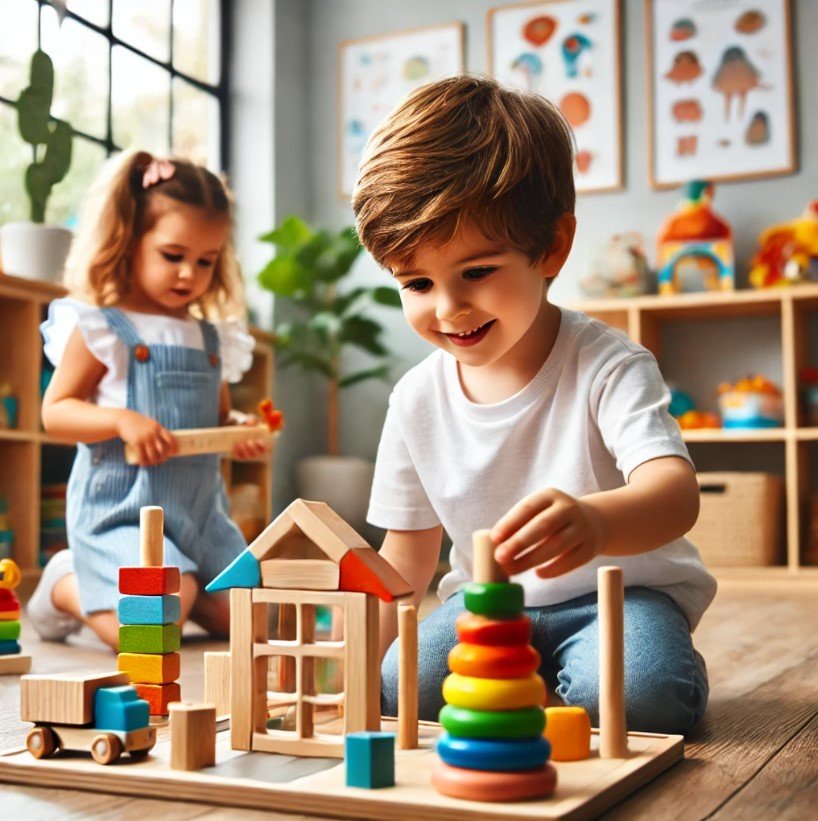



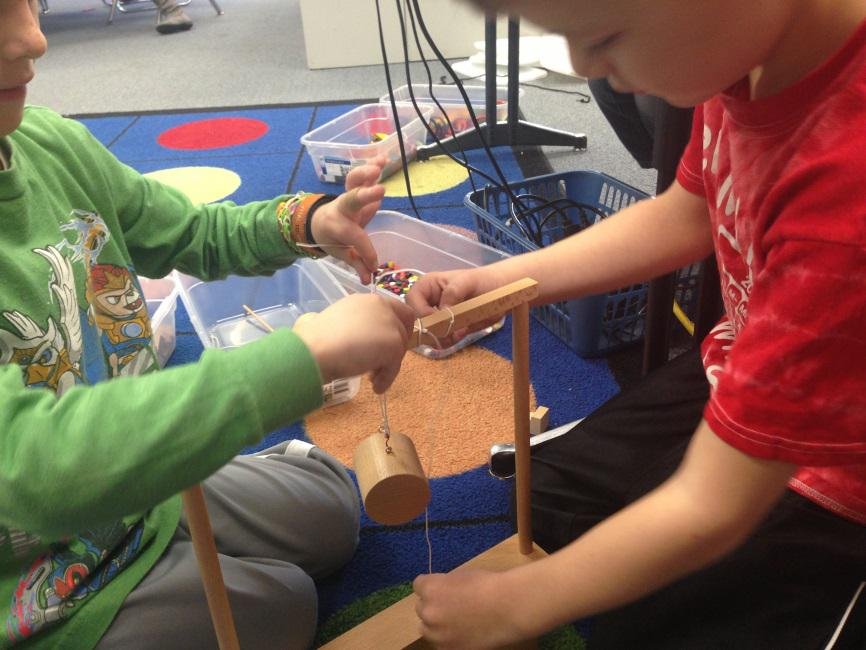
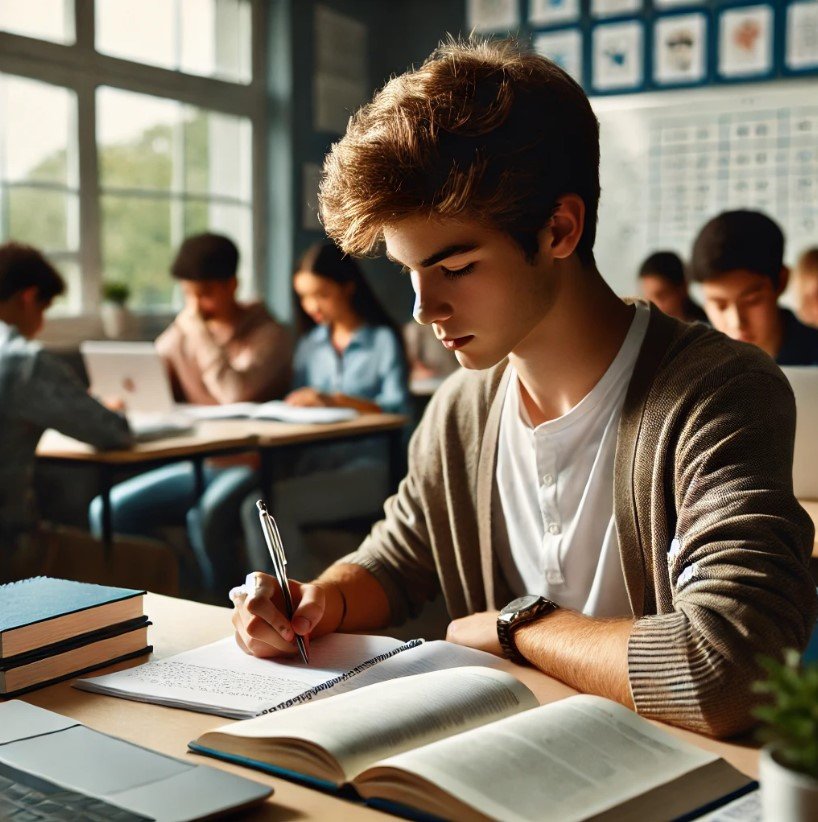
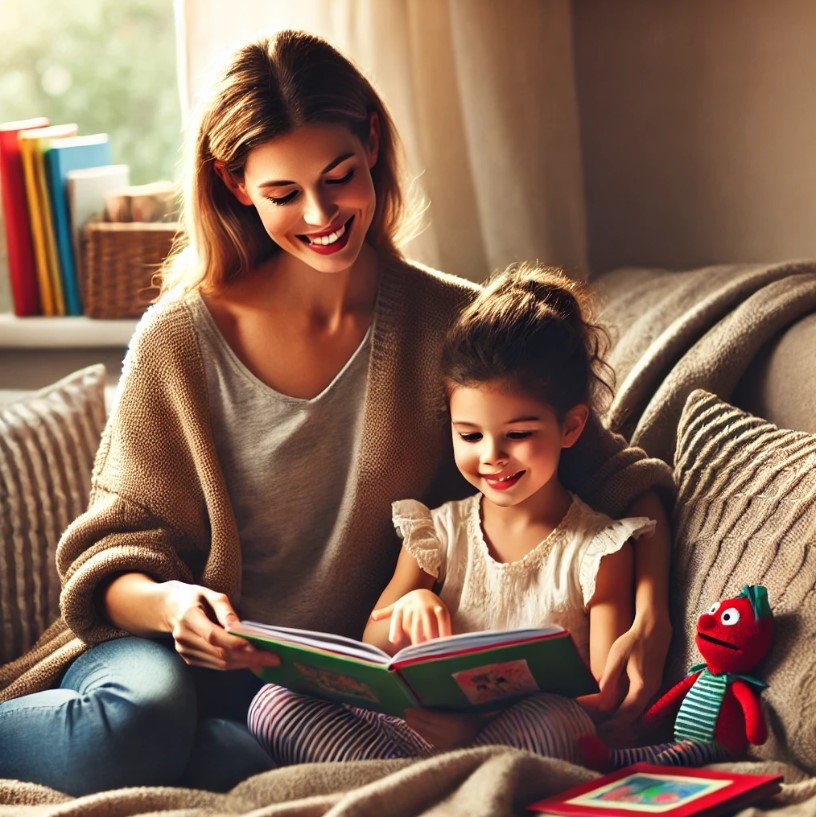

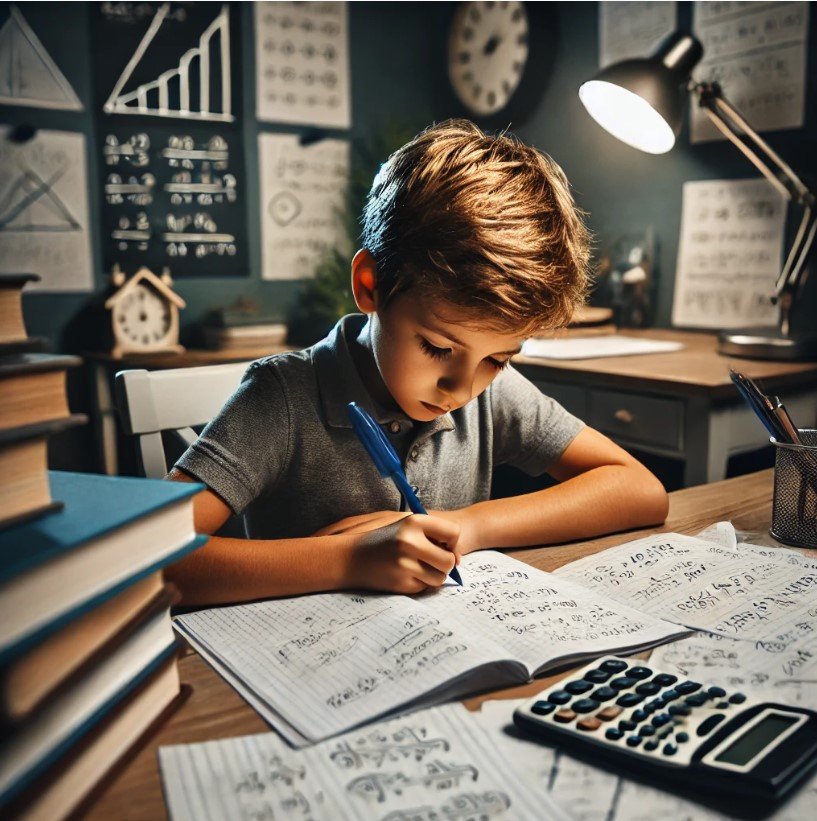


LEAVE A COMMENT